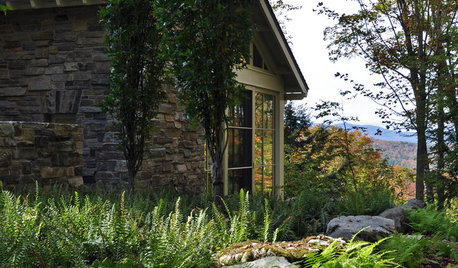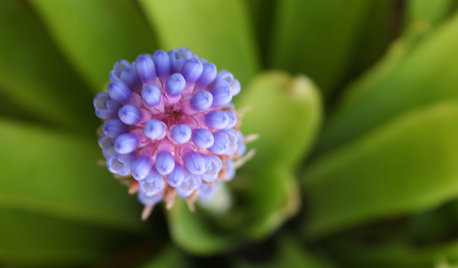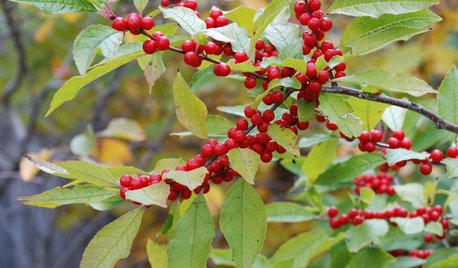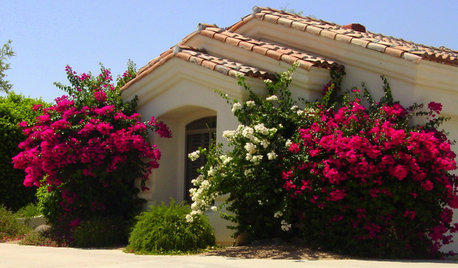Never amend a planting hole?
kimcoco
15 years ago
Related Stories

GARDENING GUIDESHouzz TV: Make a Worm Bin for Rich Soil and Happy Plants
A worm-powered compost bin that can fit under a sink turns food scraps into a powerful amendment for your garden. Here’s how to make one
Full Story
GARDENING GUIDESGreat Design Plant: Athyrium Filix-Femina
If you need a well-mannered plant that shines in the shade, lady fern is for you
Full Story
GARDENING GUIDESBromeliads: The Ultimate Collector’s Plants
Once you discover bromeliads’ exotic beauty, wide-ranging colors and intriguing patterns, you’ll never go back
Full Story
GARDENING GUIDESGarden Myths to Debunk as You Dig This Fall and Rest Over Winter
Termites hate wood mulch, don’t amend soil for trees, avoid gravel in planters — and more nuggets of garden wisdom
Full Story
GARDENING GUIDESGreat Design Plant: Winterberry Rouses Frosty Gardens
Energize dormant winter landscapes with this shrub's brilliant berries — and do right by hungry birds too
Full Story
GARDENING GUIDESInvite Mining Bees to Your Garden by Planting Their Favorite Plants
Look for mining bees (Andrena) pollinating woodland wildflowers in U.S. gardens this spring
Full Story
GARDENING GUIDESLet's Weed Out 4 Native Plant Myths
Plant wisely for a garden that supports pollinators and requires less work
Full Story
GARDENING GUIDESWhen and How to Plant a Tree, and Why You Should
Trees add beauty while benefiting the environment. Learn the right way to plant one
Full Story
EDIBLE GARDENSGarden BFFs? Why Your Vegetables Are Begging for Companion Plants
Foster friendships among plants for protection from pests, pollination support and color camaraderie
Full Story
LANDSCAPE DESIGNGreat Design Plant: Sun-Loving Bougainvillea Showers Yards With Color
Bring unbeatable vibrancy to a garden or wall with this unfussy and trainable shrub packed with colorful bracts
Full Story







cearbhaill (zone 6b Eastern Kentucky)
stimpy926
Related Professionals
Foothill Ranch Landscape Architects & Landscape Designers · Barrington Landscape Contractors · Eureka Landscape Contractors · La Mirada Landscape Contractors · San Pedro Landscape Contractors · Farragut Window Contractors · Grand Rapids Driveway Installation & Maintenance · Coronado Decks, Patios & Outdoor Enclosures · Bonita Decks, Patios & Outdoor Enclosures · Gastonia Decks, Patios & Outdoor Enclosures · Miami Decks, Patios & Outdoor Enclosures · Oak Ridge Decks, Patios & Outdoor Enclosures · Tooele Decks, Patios & Outdoor Enclosures · Windsor Decks, Patios & Outdoor Enclosures · Woodland Hills Decks, Patios & Outdoor EnclosuresIris GW
Embothrium
gardengal48 (PNW Z8/9)
ken_adrian Adrian MI cold Z5
kimcocoOriginal Author
Embothrium
Dibbit
ken_adrian Adrian MI cold Z5
ankh
stimpy926
ken_adrian Adrian MI cold Z5
ken_adrian Adrian MI cold Z5
Embothrium
gardengal48 (PNW Z8/9)
ankh
ken_adrian Adrian MI cold Z5